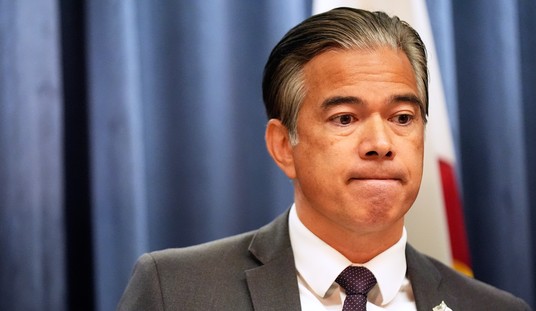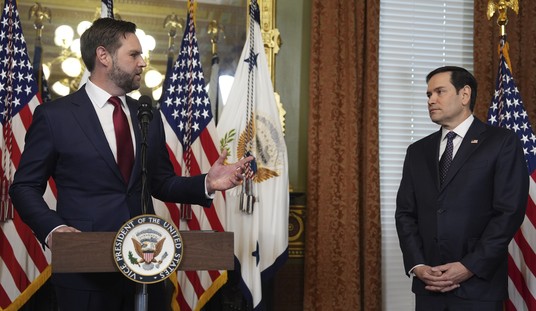We warned that the Democratic Party estimates of $1 trillion in costs for ObamaCare were far too low, and now Congress has had this confirmed. In testimony before a House subcommittee on the health-care industry on Tuesday, Dr. Stephen Parente of the University of Minnesota gave the real numbers on the cost of ObamaCare. It’s as bad as we predicted (via Yid with Lid):
There are two things people most want to know from these proposals. One, how many uninsured will be covered? Two, what will it cost the nation in one year and in ten years?
HSI estimates, like CBO’s recent results, find there is no free lunch to expand health insurance coverage. Our early assessment of the Senate Finance committee proposal shows a 74% reduction in the uninsured with a 10 year cost of [$]2.7 trillion using public option plan modeled after the Massachusetts Connector. We also modeled an FEHBP version of the public plan and got a cost of over [$]1.3 trillion, but with a 30% reduction in the uninsured.
The $1 trillion number doesn’t even tickle the meter, and that’s a big problem for Democrats. They argue that the reforms will save a trillion dollars, making ObamaCare deficit-neutral over ten years, but none of the plans come in under that price. Just to move 30% net of the uninsured onto health plans will take more that $300 billion above that ceiling, making it an addition to an already astronomical deficit pattern.
To move most of the uninsured — net, again — onto health-insurance plans, it will take more than double the cheapest version of ObamaCare. But that’s not the final word:
CBO scored the Kennedy Bill last week at approximately a 30% reduction for 1 trillion over ten years. Using the ARCOLA model, we found nearly everyone would be covered if all elements of the Kennedy bill were enacted at a ten year cost of 4 trillion. That 4 trillion estimate over 10 years assumes a public option plan with Bronze, Silver and Gold levels in the proposed insurance exchange with a subsidy for premium support that is income-adjusted and calibrated for assistance at the Silver level. The Silver level is equivalent of PPO plan with medium levels of generosity, something with 15% coinsurance rate, manageable copays and average level of access to physicians and hospitals. We accounted for the public plan being reimbursed at 10% above Medicare reimbursement, which is also 10% below commercial insurance premiums.
Let’s break that down carefully. What exactly does $4 trillion and a public plan buy us, besides even higher deficits over the next ten years? A “medium” level of generosity for the Silver plan, with an “average” level of access to physicians and hospitals. On top of that, the plan still underpays providers with even the 10% boost over Medicare payments, which no one is suggesting will remain permanent. And that will only still cover “nearly everyone,” a measure Dr. Parente doesn’t explain in his statement.
And to answer Nate Silver, what happens to the private market when this “average” and “medium” plan gets implemented?
Because the public plan can compete with the individual and group market private sector offering, we saw a crowd out resulting from the public plan of 79 million covered lives with the majority people leaving their employer sponsored medium PPOs and HMOs.
In other words, almost a third of all covered Americans would get thrown out of their current plans and onto government-paid care.
Parente included this warning:
As a nation, we are on the verge of making multitrillion dollar gamble that more per capita health care deficit spending will make us better off as a society. We are wagering with starting bids in the trillions that excessive spending into the healthcare system accelerates breakthrough medical technologies that can eliminate whole diseases, like diabetes or Alzheimer’s, in ways similar to the innovations introduced over half a century which reduced tuberculosis from being one the leading causes of death.
It is not an unreasonable wager, since federal funding for heart disease and cancer either directly through research or indirectly through Medicare has yielded state of art medical care. But it is a wager nonetheless, and we may find our reckoning is not only with the future debt of our children, but their security where the economic crisis has brought international scrutiny upon the US from the principal purchasers of our treasuries. Furthermore, saving businesses from paying health care costs or a state government with federal intervention is simply an accounting cost shift that only saps our long term economic strength.
These numbers show that without a doubt.







Join the conversation as a VIP Member